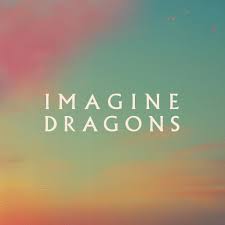For-Profit Altruism.
 I bet you never heard those three words strung together. Well, they’re actually the result of some internal brand work I’ve been doing for What’s The Idea?. A cobbler’s children exercise. “For-Proft Altruism” is under consideration for my brand claim. (A brand strategy consists of a brand claim and three proof planks.)
I bet you never heard those three words strung together. Well, they’re actually the result of some internal brand work I’ve been doing for What’s The Idea?. A cobbler’s children exercise. “For-Proft Altruism” is under consideration for my brand claim. (A brand strategy consists of a brand claim and three proof planks.)
One of the core good-ats at What’s The Idea? is sharing — sharing best practices in brand strategy and branding. Sharing is a brain worm for me. Generally speaking, giving away free advice and IP is not a smart business idea, yet it’s worked brilliantly Open Source software advocates. In my view if everyone did branding properly marketing would be much more effective…and more people could participate.
Sharing is altruistic. So, what’s up with this seemingly contrarian “for-profit” notion? Ummm…have you ever presented to a CEO or C-level exec? While brand strategists are talking about “Mission.” “Vision,” “Voice” and “Personality,” the C-level exec is wondering how many basis points interest rates will change next quarter or if the Chinese manufacturing holiday will impact the new order from Walmart. And while the brand strategist is trying to sell a touchy-feely, culturally savvy position like “work/life balance,” that same C-level exec is pondering more endemic product qualities, tied to phenomenological superiority.
I spend way too much of my time educating and sharing and not enough providing the for-profit values offered by What’s The Idea? So, I should heed my own advice and dial up the for-profit. Next step, work up the three proof planks — the three areas of evidence supporting For-Profit Altruism.
Stay tuned.
Peace.







